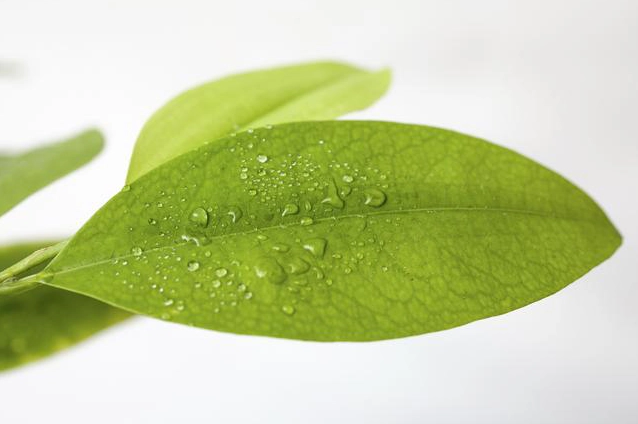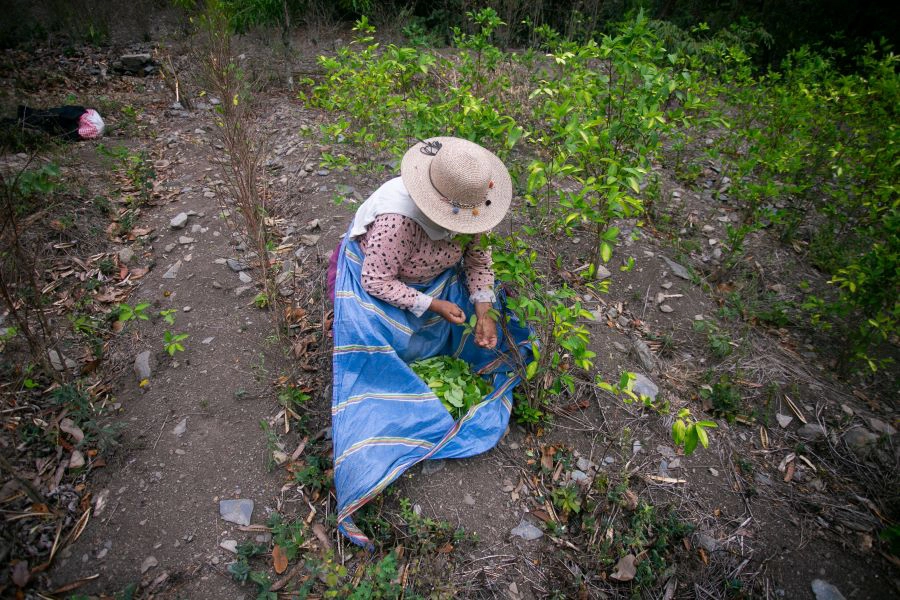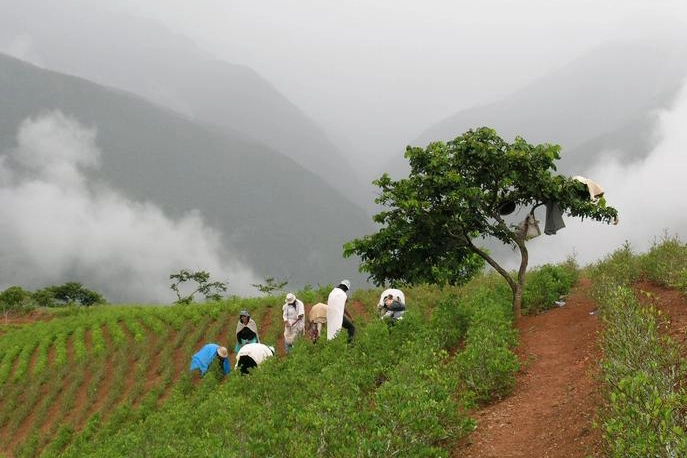Scientists are urging the WHO to remove coca leaf from the list of Schedule I substances under the 1961 Single Convention on Narcotic Drugs. Their new study underscores that doing so would eliminate research bias and create sustainable economic opportunities in rural regions.
Nutrition Insight interviews the lead author about his team’s call for the WHO to recognize the leaves’ cultural, medicinal, nutritional, and social value. Meanwhile, the intergovernmental organization is currently reviewing the legal status of coca.
The publication in Science argues that removing the coca leaf from the narcotics classification will resolve a long-standing misclassification while enabling evidence-backed regulation, also informed by traditional knowledge.
People in the Andes and Amazon have been chewing coca leaves for thousands of years to suppress hunger, treat altitude sickness, and sustain energy during physical work, explain the researchers. However, international law treats this plant as if it were as dangerous as cocaine or fentanyl.
“If coca is descheduled, it will open a legal coca leaf market again. The ball is rolling with many companies to roll out whole leaf products, nutraceuticals, and pharmaceuticals,” Dawson M. White, postdoctoral researcher in the Department of Organismic and Evolutionary Biology at Harvard, US, tells us.
Coca’s nutrient profile and safety
White says coca leaves are nutrient-rich and contain bioactive compounds that support human health in this region.
“On average, the leaves contain around 20% protein and are high in calcium, iron, potassium, and vitamins B1, B2, C, and E, though the pharmacokinetics and availability of these nutrients remain untested. It’s controversial.”
“They also provide flavonoids, phenols, and other antioxidants that could support metabolic and anti-inflammatory functions. When leaves are chewed or brewed as tea, coca acts as a mild stimulant similar to tea or coffee, improving alertness and reducing fatigue without evidence of dependence or harm.”
Moreover, he points out that coca’s record of safe use and cultural importance makes it quite different from purified cocaine. “Recognizing this difference is essential for evidence-based policy and for aligning with the goals expressed by South American communities most affected by prohibition.”
The WHO’s review report on Coca leaf details that the cocaine content varies across species and regions, ranging from 0.11% to 1.02% (dry weight).
The report notes pharmacological effects include antihypertensive, vasodilatory, antioxidant, anti-inflammatory, and antimicrobial properties with potential therapies. Human data on hepatoprotective, antidiabetic, and anorectic effects remain limited.
Ancestral use
The perspective paper reveals that coca has been cultivated for over 8,000 years and has been safely used as a mild stimulant, medicine, and in rituals across more than 100 cultures.
 Amazonian coca leaf, rich in protein, calcium, iron, and antioxidants (Image credit: Khoka Project).“Today, an estimated eleven million Indigenous, mestizo, and other people across the Andes and Amazon consume coca daily, mainly in Bolivia and Peru, with lesser numbers in Colombia and northern Argentina,” says White.
Amazonian coca leaf, rich in protein, calcium, iron, and antioxidants (Image credit: Khoka Project).“Today, an estimated eleven million Indigenous, mestizo, and other people across the Andes and Amazon consume coca daily, mainly in Bolivia and Peru, with lesser numbers in Colombia and northern Argentina,” says White.
“It remains a cornerstone of cultural identity. There are some interesting hypotheses about the role of coca in the Andean diet.”
Recent research
White cites a 2019 review, which explains that since coca leaves contain many alkaloids, one of which is cocaine, this led to the misunderstanding that coca equals cocaine during the mid-20th century, leading to its prohibition.
The review points to some studies looking at coca causing a significant reduction in altitude effects, conserving body heat, and improving endurance and work efficiency in Bolivian Altiplano men. It also mentions that coca chewing has been used as a therapy for cocaine withdrawal and reducing drug dependence.
The paper authors also note that “coca eradication without replacement for local income
is futile.” In contrast, they argue that even though tobacco is the cause of the most preventable deaths, it is commercially controlled for fiscal and not health reasons.
“A combination of colonial religious and civil prohibitions, a historical lack of a mining industry, and the wiping out of up to 95% of the indigenous population in some areas meant that knowledge and use of coca are virtually absent,” reads the paper.
 Researchers and Indigenous advocates urge the WHO to recognize coca’s nutritional, medicinal, and cultural value beyond its association with cocaine.“Critical questioning and decision-making are still influenced and dictated by attitudes and laws based on those earlier concepts… At this stage, no research may be better than biased, ideology-driven, policy-influenced projects that confirm what many like to see confirmed.”
Researchers and Indigenous advocates urge the WHO to recognize coca’s nutritional, medicinal, and cultural value beyond its association with cocaine.“Critical questioning and decision-making are still influenced and dictated by attitudes and laws based on those earlier concepts… At this stage, no research may be better than biased, ideology-driven, policy-influenced projects that confirm what many like to see confirmed.”
White explains that coca’s prohibition as a narcotic was a move to blame coca and cocaism for Andean social problems. “That legacy persists today: nutritionally valuable and culturally central crops are still marginalized under global regulatory frameworks that further stigmatize the leaf and associated cultures.”
Opportunity to correct colonial bias and outdated science
A collective of coca leaf producers, Indigenous representatives, and allied organizations has co-signed a statement sent to the WTO, advocating the plant’s use for health, culture, and research purposes.
Meanwhile, the WHO’s Expert Committee on Drug Dependence is meeting in Geneva, Switzerland (October 20–22), to formalize a recommendation to the UN Commission on Narcotic Drugs.
“This meeting is a rare opportunity for the WHO and UN to correct a classification rooted in colonial bias and outdated science,” says White.
Claude Guislain of the Indigenous Medicine Conservation Fund adds: “Efforts to reform coca policy must begin with the people who know the plant best.”
“Indigenous peoples cultivate sophisticated knowledge systems that have used coca to sustain balance within their communities and territories for millennia. Our role has been to walk alongside them — to amplify their voices and help ensure that international policy reflects the realities they live and defend.”
Ricardo Soberón Garrido, former President of Devida, Peru’s National Commission for Development and Life Without Drugs, adds: “The coca leaf is not a narcotic but a sacred and nutritious plant with deep cultural roots. De-scheduling coca would uphold Indigenous rights and align global policy with modern science.”

